A few weeks ago I blogged about a presentation given by Rusty Keeler. I’m still reflecting on the ideas he suggested, in particular relating to the cultural traditions and heritage of a local area and thinking about this in relation to the school grounds and playspaces we offer children. These can be reflected through the features created or developed in combination with loose parts collected and made available to children.

This past week I’ve been quiet online as I’ve been on a family holiday to North Uist, one of the islands within the Outer Hebrides. The sea, sand and water are prominent and cultural bric-a-brac is everywhere to be seen indicating the close connection this community has to the sea.
Firstly, a rope is a rope and can be used in so many different ways…

Lobster pots were often found at harbour and pier sides. However one local cafe was using one to prop a door open.

Once boats are no longer fit for a sea life, their after life continues in different ways. This one in a cottage garden had become a flower bed…
Other were left in enticing places for children to play on…

Shells have an aesthetic value everywhere! Beside the rope coil basket, shells have been added to the gravel, adding interest and curiosity to the surface…

This beautiful lobster mosaic is made entirely from shells…
And below the whisky barrel planters, scallop shells have a second life as a decorative surface outside this hotel…

Buoys are common place in sea-based communities. However, this is the first time I’ve seen such an abundance of glass buoys. These were used by fishermen before plastic versions became the norm…

The big buoys make great swings…

The skulls of sheep, deer, birds and other animals are also displayed in many places. Antlers work well as a place to hang small objects!

Lewisian gneiss is the underlying rock within the Outer Hebrides. It is one of the oldest rock types on the planet. But for children, trying to balance on wobbly stones left outside a cafe, provides ample free entertainment!

When planning to develop an outdoor space, take children for a walk around your local area. What features do they see which they like or could transfer into their playground, garden or space? Making connections between the two can be inspirational, fun and enjoyable.


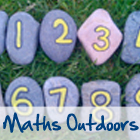
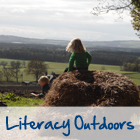
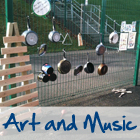
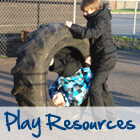
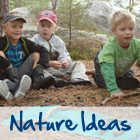
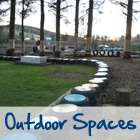
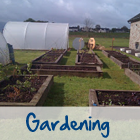
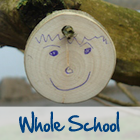




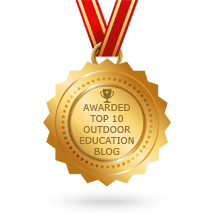


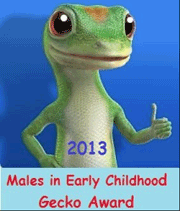


Just shows that using a few local materials can add an instant sense of place to a playground.
Exactly – sadly though, I struggled to find any driftwood either on or off the beach… strange given the Atlantic Ocean is sending wave after wave onto this island!
nice Juliet!!!
Thanks Rusty! It was one opportune moment after another! 🙂